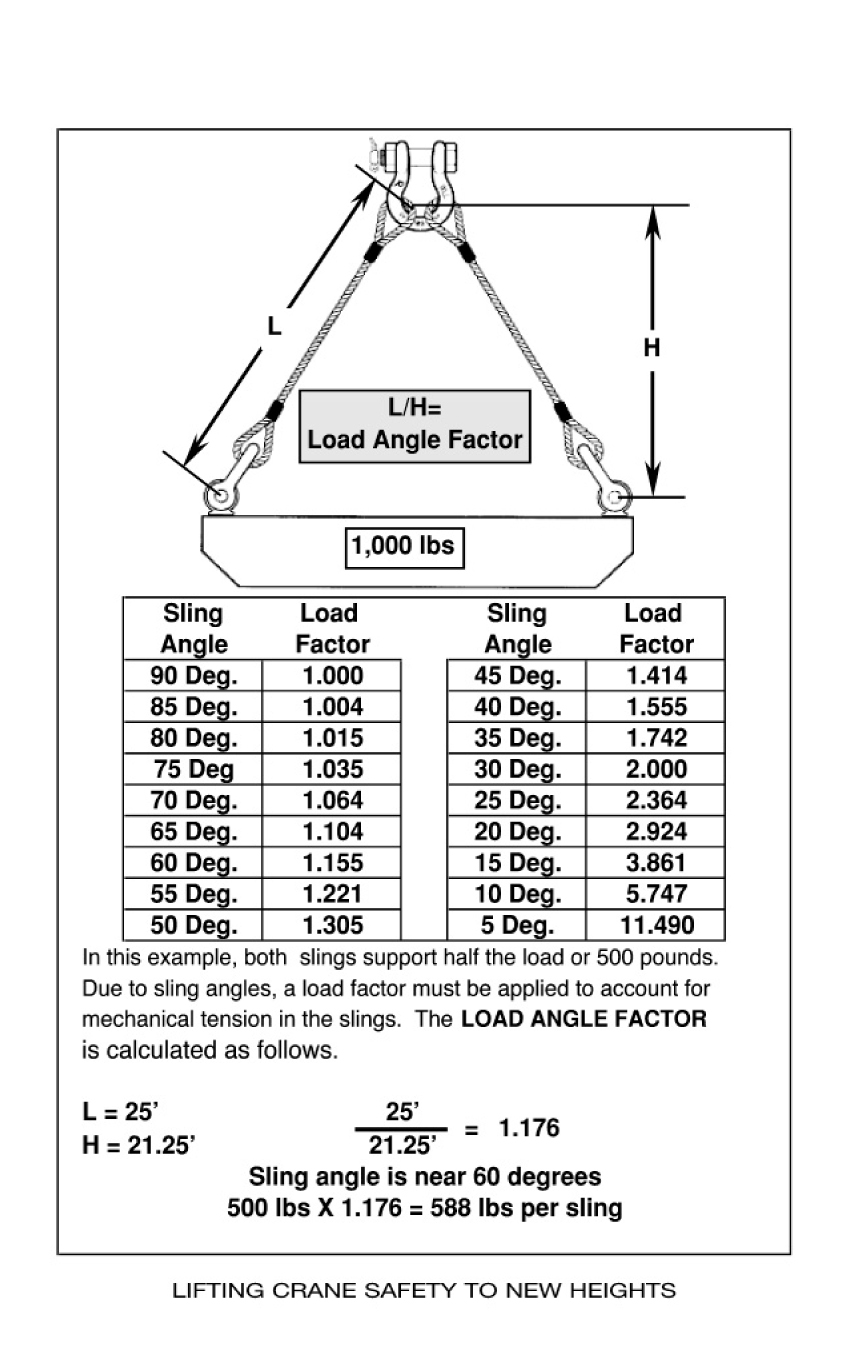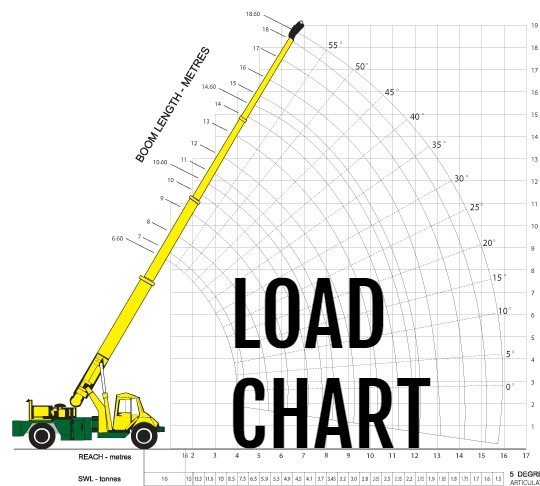

The ten-question lift plan is intended to inspire creative thinking and assure the most vital parameters are considered. It should be understood that there are many things that affect the safety of a lift. In many instances they will be able to effect minor changes to the crane set up locations, improving the lift parameters resulting in lifts rated well below the critical lift criteria. The project management team in turn will observed that all supervisors with crane related responsibilities become creative about how they set up the cranes. Project can be completed on time and under budget without incurring additional crane related accident or incident. The 10-question lift plan for every lift should be a condition of employment and strictly enforced. The critical lift plan needs to be approved by the Project Manager or the designated Lift Specialist/Rigger. After consultation with SMEs (Subject Matter Experts) Lift Specialists/Rigger, Project Managers should create a ten question lift plan and made it mandatory as part of their CoP (Code of Practice for Lifting Operations) SOPs (Standard Operating Procedures) for every lift and required a critical lift plan for any lift over 85% of chart. Or the crew may need to move the crane a few meters to reduce the radius which significantly improves the capacity and safety of the lift.įrom experienced major crane accidents happen in the construction industry. For example: The lift could be at a high percent of capacity. It has been shown that when a lift plan is required for every lift, the supervisors, operators and riggers catch mistakes before they happen.


It only takes a few minutes and could prevent a costly accident or worse lead to a fatal. Then, require the crane operator to complete it before each and every lift. The ten questions can be converted into a simple lift plan form.

This list should be considered as the basics, i.e., a lift plan for standard lifts. There are ten questions that must be answered for any lift. In my experience, the majority of crane accidents result from lifts that are classified as standard when in fact there is nothing standard about any lift. In most cases there is little or no planning – and when things go wrong – accidents result. We don’t do as well on the everyday routine or standard lifts. These major lifts are executed with precision and are successful if the plan is carefully followed. As an industry, we do a great job planning critical and super lifts.


 0 kommentar(er)
0 kommentar(er)
